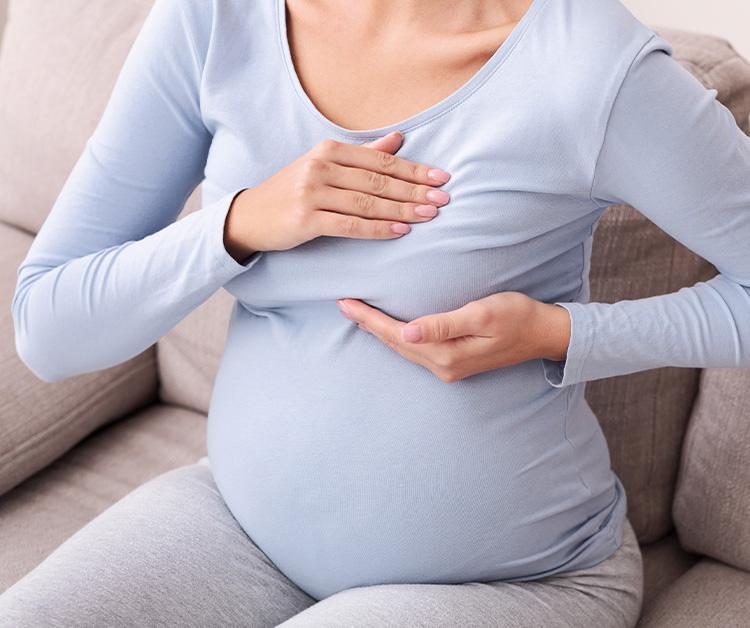Due to maintenance, rewards points for receipt uploads will be delayed. Thank you for your patience!

While there are a number of risk factors and causes, mastitis does not only occur in moms who breastfeed—it could happen to non-breastfeeding women and even men. Fortunately, there are effective in-home treatments as well as other options your doctor can offer to reduce symptoms.
If you’re experiencing pain, redness, warmth, and swelling of your breasts, you may have mastitis, which is a condition that is usually caused by an infection1. While most common in breastfeeding moms typically in the first 6 to 12 weeks, mastitis has been known to occur in non-breastfeeding women as well as men.
Thankfully, there are many mastitis treatment options that don’t require a call to the doctor, although if you’re concerned about any symptoms, it’s always a good idea to pick up the phone and get some sound advice.
Your body—especially your breasts—undergoes a lot of changes during and after pregnancy, so it may be hard to pinpoint whether or not you have mastitis. Some common symptoms of mastitis include:
Some people with mastitis can also experience nausea, vomiting, or nipple discharge, and typically the condition affects one breast at a time. It’s also important to note that mastitis symptoms don’t typically appear gradually but rather come on suddenly, which can understandably cause confusion or concern.
Mastitis doesn’t only affect breast-feeding moms, which suggests it’s not caused by breast feeding per se, although breast feeding certainly creates conditions that are more conducive to mastitis development. Indeed, it is usually attributed to bacteria on the skin or your baby’s mouth that’s transmitted through a nipple crack or milk duct opening. Milk trapped in your breast due to a clogged milk duct or poor breastfeeding technique could also lead to infection.
Risk factors that make one more susceptible to mastitis include:
While mastitis can be caused by a blocked milk duct, they’re not the same thing. Here are the similarities and differences between a blocked milk duct and mastitis2:
While mastitis can go away on its own, there are mastitis home remedies that are recommended to expedite healing and prevent further infection.
Tips to prevent mastitis include:
Treating mastitis and reducing the pain and discomfort caused by mastitis symptoms may include2,3:
While it is safe to continue breastfeeding while you have mastitis—completely draining the breast can actually help relieve mastitis symptoms—your milk production may decrease during and after infection. If you haven’t already been supplementing your milk supply with formula, now may be the time to consider doing so.
Choosing a formula with lactoferrin that matches the nutritional makeup of breast milk—such as Enfamil Optimum—is an important first step. You can also ensure that you and baby can continue to use feeding time as an important opportunity to bond.
All information on Enfamil, including but not limited to information about health, medical conditions, and nutrition, is intended for your general knowledge and is not a substitute for a healthcare professional's medical identification, advice, or management for specific medical conditions. You should seek medical care and consult your doctor or pediatrician for any specific health or nutrition issues. Never disregard professional medical advice or delay seeking medical treatment, care, or help because of information you have read on Enfamil.